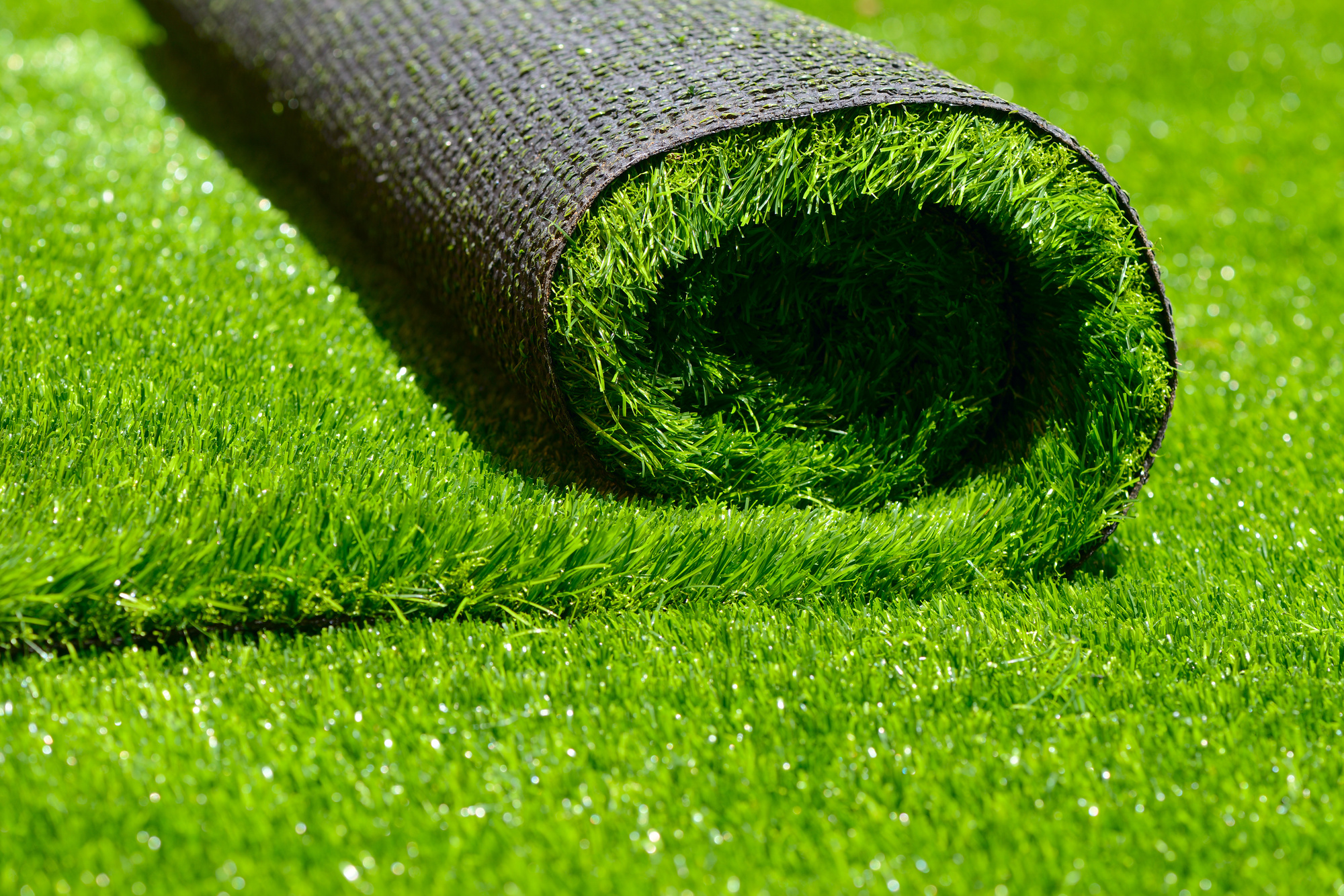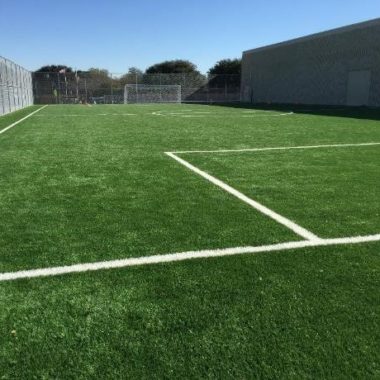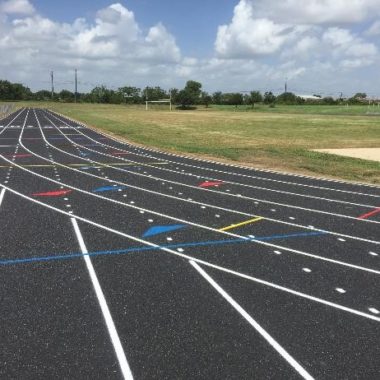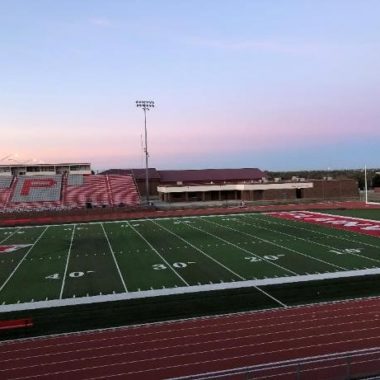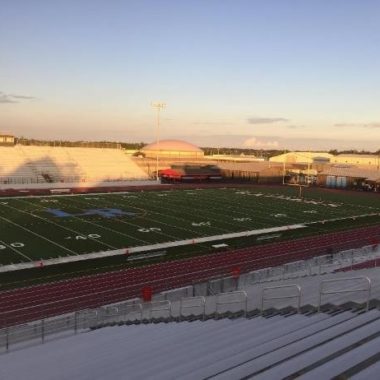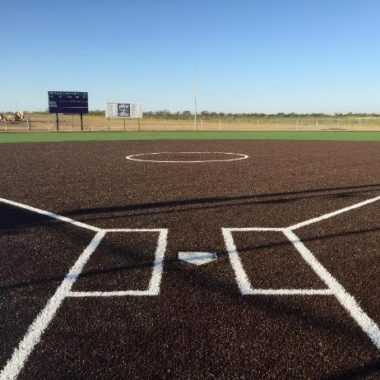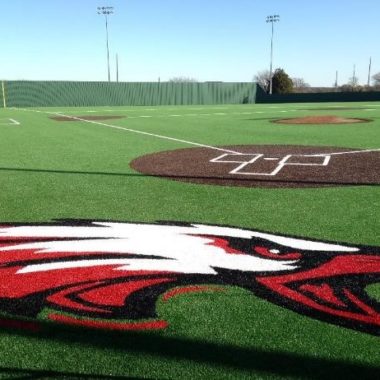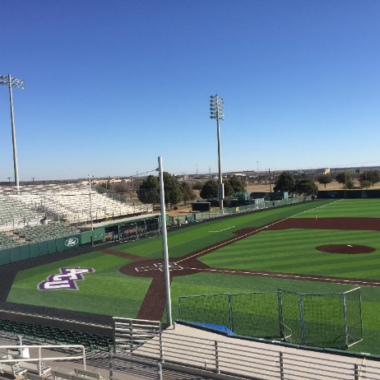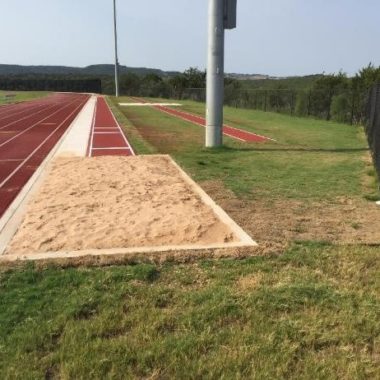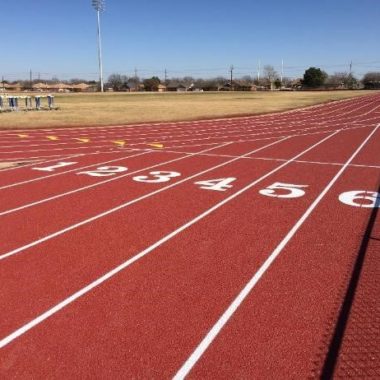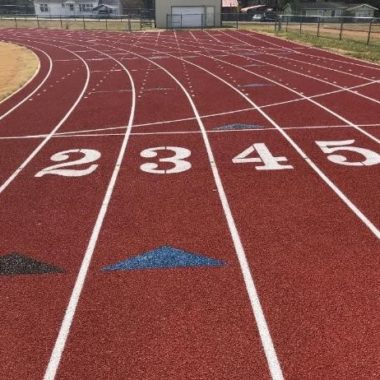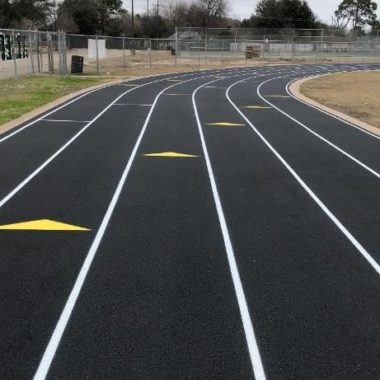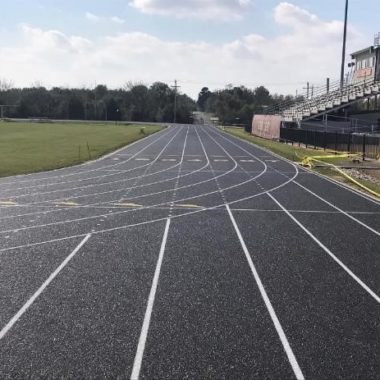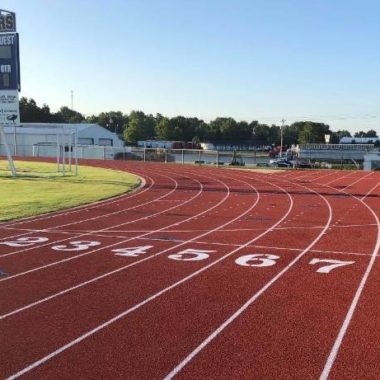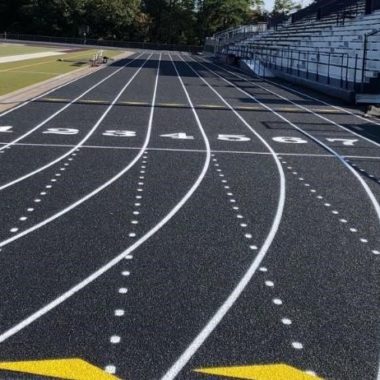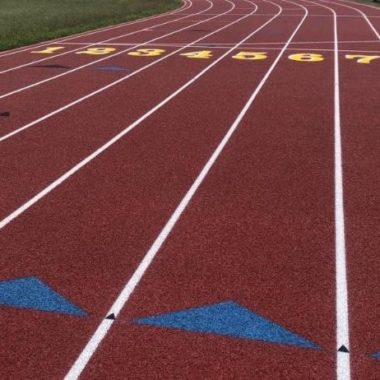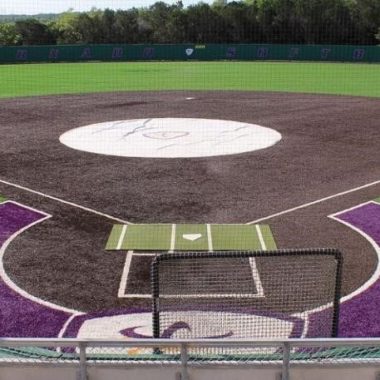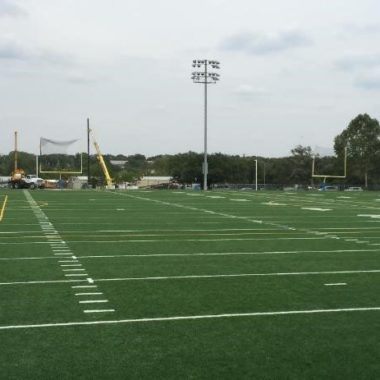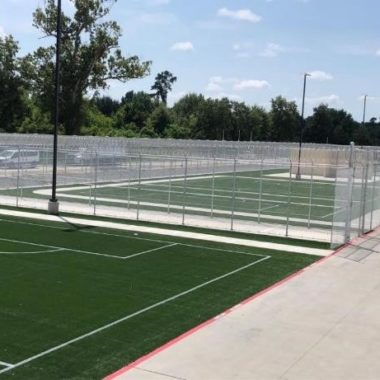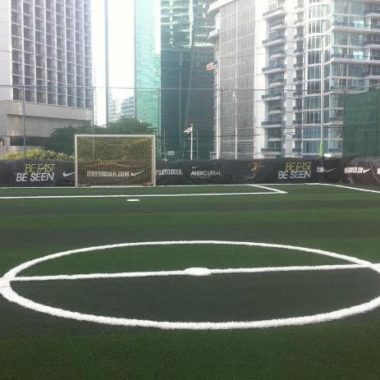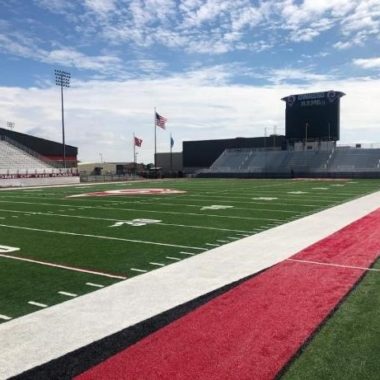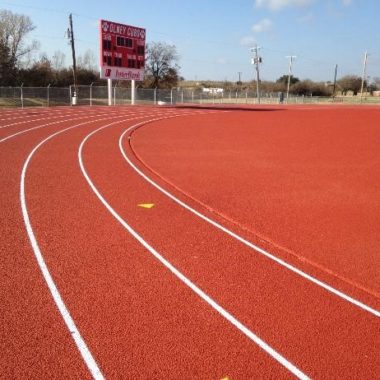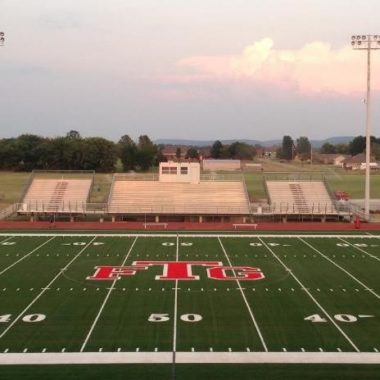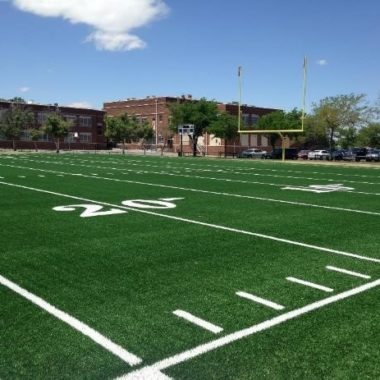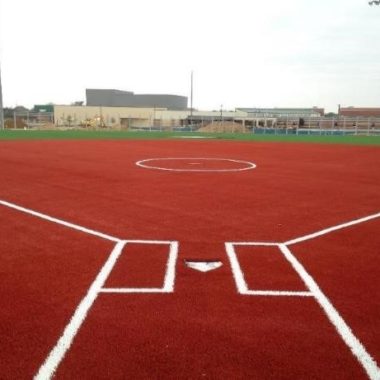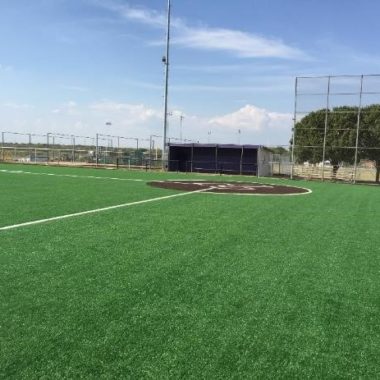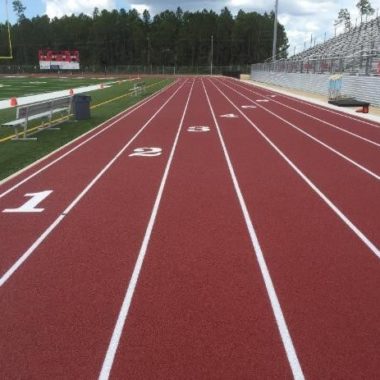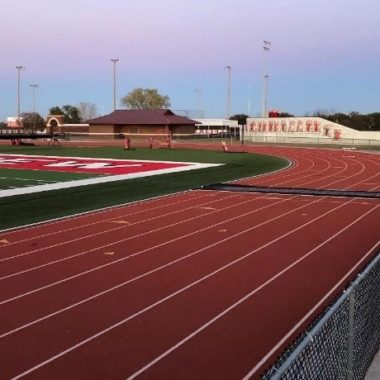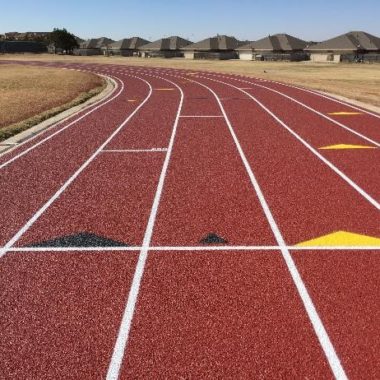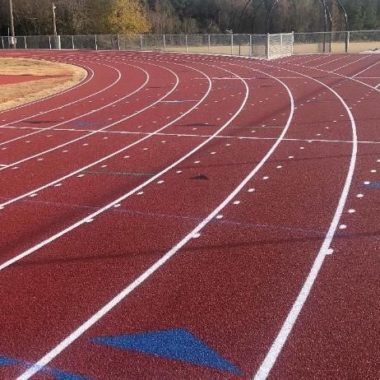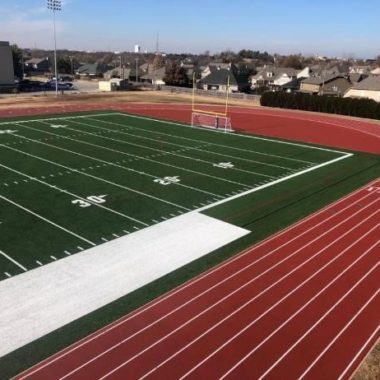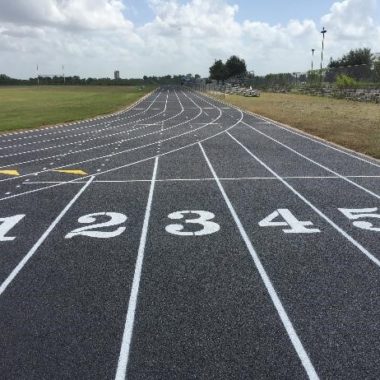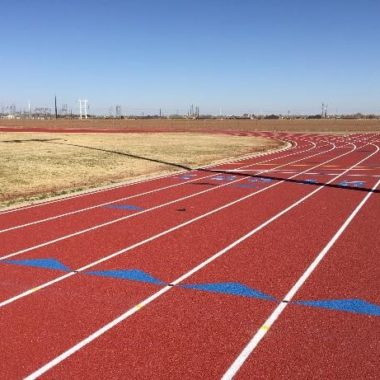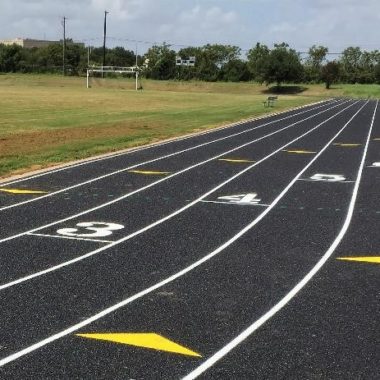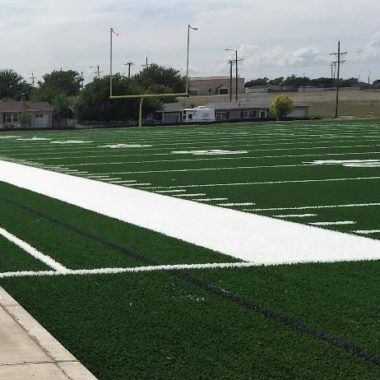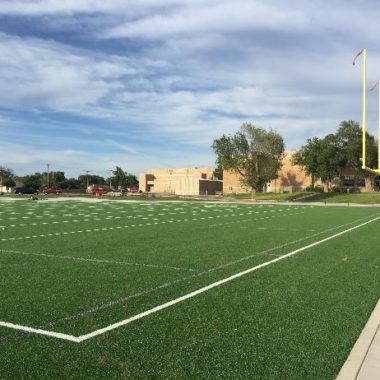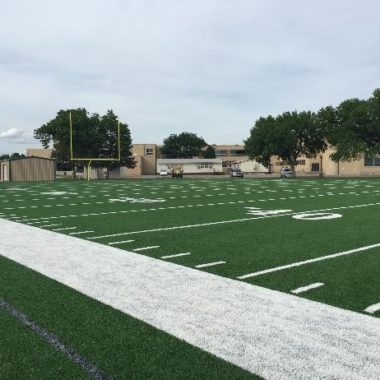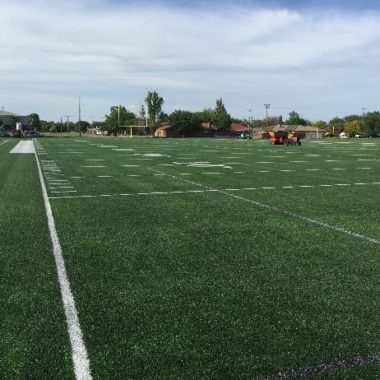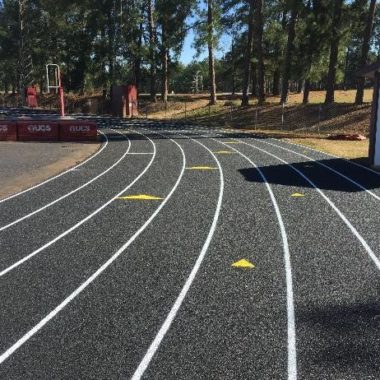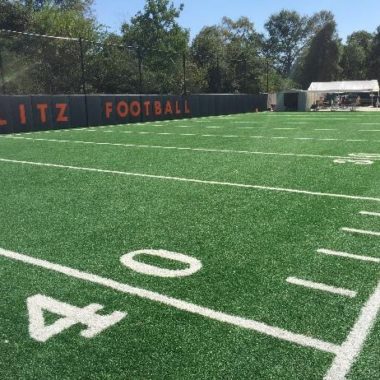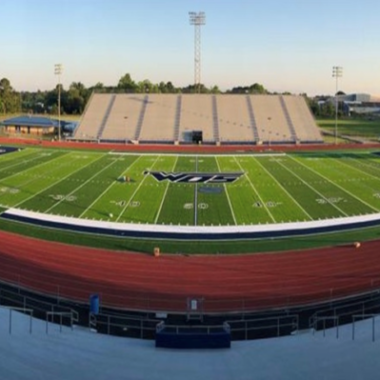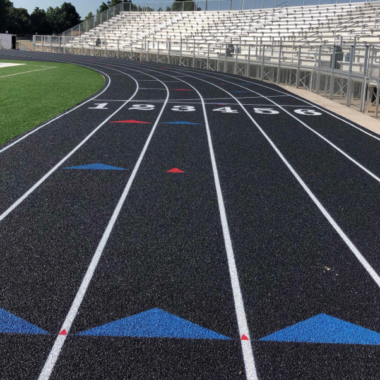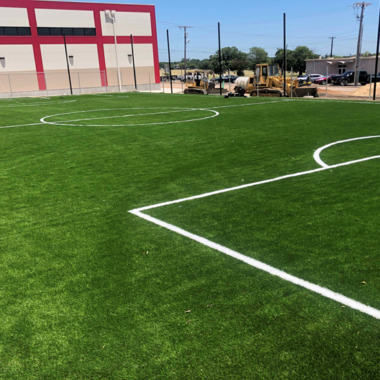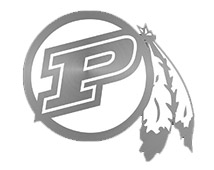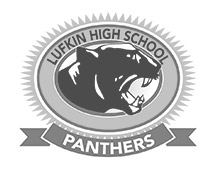Artificial Turf Maintenance 101: A Routine Maintenance Guide For Your Turf
The artificial grass turf installation industry has grown by 2.2% between 2014 and 2019. More sports complexes, residential lawns, and commercial properties are recognizing the benefits of choosing artificial turf. As popularity continues to grow, it’s important to know how to maintain your turf and protect your investment.
Artificial turf maintenance requires a certain amount of upkeep. Otherwise, your turf will fail to look and function at its best.
By maintaining your synthetic turf on a regular basis, you can improve the field’s playability and safety. Maintenance can help extend the field’s lifespan, too.
Ready to learn how to care for artificial turf? Keep reading to learn more!
Why It Matters
Why does learning how to care for artificial turf matter? For starters, the fields are expensive. Failing to maintain an artificial turf field with the proper steps can cause heavy wear and tear across the field.
In order to repair the damage, you might have to pay thousands of dollars in synthetic turf replacement.
Everything we own requires some amount of maintenance at one point or another. Artificial turf maintenance is important for:
- Longevity
- Performance
- Safety
- Appearance
An improperly taken care of an artificial turf field, on the other hand, will show:
- Premature aging
- Uneven surfaces
- Poor shock absorption
- Loss of traction
- Draining issues
- Infill loss
- Compaction
The longer you go without proper maintenance, the more dangerous the field will become to play on.
Some field manufacturers have certain synthetic turf maintenance requirements. Failing to keep up with their requirement maintenance steps could cause you to lose your warranty.
Cleaning the Infill
Over time, your artificial turf can start to feel hard as the infill begins to resemble tiny rocks. Replacing your field with new infill can help it feel like new.
Regularly decompacting the infill is one of the most important steps for routine field maintenance. Without it, rubber will compact and make the field harder. The harder your field becomes, the higher the G-max.
The G-max determines how much force is transferred from the field to an athlete when they fit the field. A higher G-max can cause an increase in concussions.
The steps you’ll need to take for regular artificial turf maintenance can sometimes differ based on the equipment involved. In most cases, it can help to speak to a professional about the turf maintenance you need for your field.
Otherwise, start by cleaning the infill several times a year. You can use a vibrating sieve tray to sweep up infill and debris. The tray will retain the debris while returning infill to the turf.
Debris can include:
- Pine needles
- Sunflower seed shells
- Twigs
- Nails
- Nuts
- Bolts
- Hairpins
An onboard air-filtration system can then pick up any lighter debris.
Some owners choose to de-compact their field once a year. The de-compacting process can help loosen the infill and make it softer. In these cases, an aerating tine is introduced to the infill.
You should look for a G-max range between 135 and 155. If it’s over 190, however, you might want to have a professional take a look
Years of rain, wind, and sun can have a major impact on the synthetic turf. For example, clay material can start to surround the field before migrating into the infill profile. In these cases, it can help to use the tines and air to loosen the turf and reduce the G-max.
Unique Use
Artificial turf fields are becoming more popular, namely because they offer lower maintenance costs and increased field usability. Regardless of the infill you’re using for your field, regular turf maintenance is essential. Otherwise, your field will begin to harden, making it more difficult to play on.
How often the field is used will increase how quickly it becomes compacted. Some synthetic turf fields are used around the clock. Without proper turf maintenance, these fields will only last a few years.
As a result, necessary maintenance is determined by:
- How often the field is in use
- The amount of food traffic
- What’s done on the field
- The manufacturer’s recommendations
Some manufacturers recommend you brush and client a field after every 80 hours of use. Others recommend cleaning the field before every game.
Comprehensive Maintenance
Comprehensive maintenance for an artificial turf field usually involved the use of special maintenance equipment. A trained professional familiar with the turf cleaning process can offer different services depending on the turf’s needed.
For example, you might need to start with a professional field inspection before following through with corrective action. A professional will assess the field’s surface and look for any heavily worn down areas.
Next, they’ll identify any weak or loose seams or inlays on the field. Then, they’ll repair the damage, followed by sports performance testing to make sure the repairs hold up.
You might require decompaction of infill services as well.
Infill decompaction will improve the field’s shock absorption. The process also helps ensure adequate synthetic turf drainage. It’s important to only use equipment designed for your turf to de-compact the field.
Next, the professional will redistribute and level the infill. They’ll need to measure infill depth on a grid pattern before adding and leveling the infill. This will return the surface to the filed builder’s specifications.
Special equipment such as mechanical brushing, suction, and an infill-return system can then give your field a deep clean. Cleaning the artificial turf field will remove surface debris and any contaminants.
Other services include:
- Using an agent attached to the maintenance equipment to retrieve any unnecessary metal objects
- Treating weeds and pests with herbicides or pesticides
- Removing the infill as necessary to improve drainage or remove contaminants before reinstalling the infill material
The services you need will depend on the state of your field.
Ongoing Maintenance
For regular, ongoing maintenance, you’ll need someone to:
- Complete thorough inspections
- Conduct minor repairs (which will minimize playing hazards)
- Keep the playing surface clean
- Eliminate debris and contaminants
- Check and maintain infill levels to create a consistent playing surface
- Brush the field to preserve its appearance
- Keep a log for all maintenance records
Ignoring these steps can cost companies up to $10,000 to replace the artificial turf altogether.
Artificial Turf Maintenance 101: Your Guide to Greener Fields
Don’t let your field harden or wear down. Instead, use these artificial turf maintenance tips to give your field the attention it deserves. With routine maintenance, you can ensure your field is safe to play on year-round.
Need a new field this year? Contact us today to get started.


